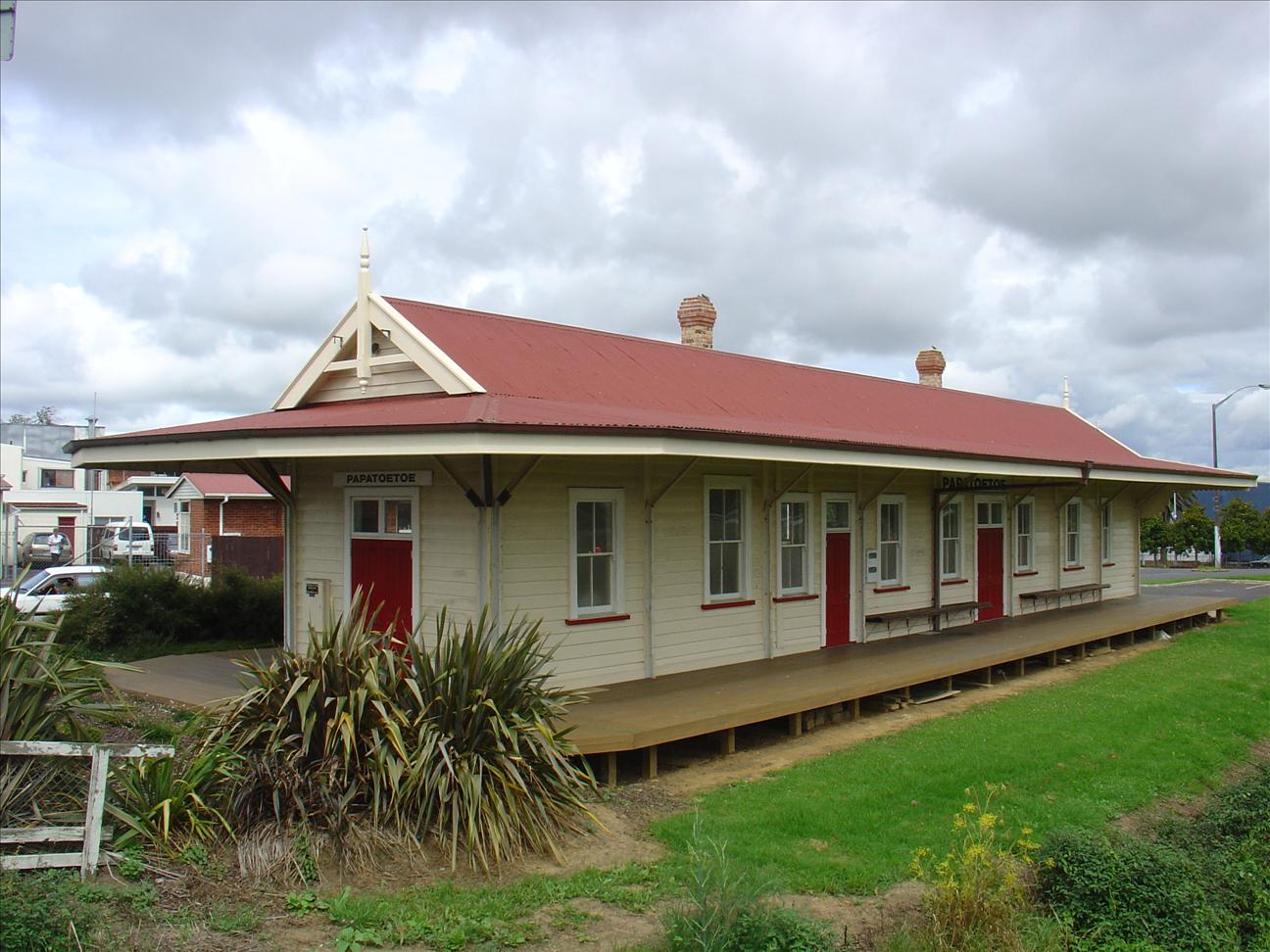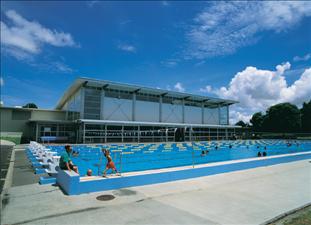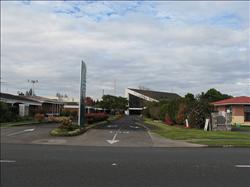 Papatoetoe is a suburb in the Auckland conurbation in Northern New Zealand.
Papatoetoe is a suburb in the Auckland conurbation in Northern New Zealand.
One of the larger suburbs of the area commonly known as South Auckland, it is located to the northwest of Central Manukau, and 18 kms Southeast of Auckland City Centre.
Papatoetoe is a Maori name, which can be loosely translated as ‘undulating area where the toetoe is the predominant feature,’ making it named after the ‘Prince of Wales’ feather (Toetoe or Toi Toi), which grew abundantly in the swampy parts of the region.
Due to some confusion over the spelling, the area was known as Papatoitoi for many years.
People have lived in the Papatoetoe area for almost the entire time of human settlement in New Zealand.
 For both the original Maori and the first English settlers, the Papatoetoe area was handily located close to the narrowest points between Auckland’s two great harbours, where waka could be ported over land.
For both the original Maori and the first English settlers, the Papatoetoe area was handily located close to the narrowest points between Auckland’s two great harbours, where waka could be ported over land.
It was also rich in fertile soil.
Inlets run from Papatoetoe Eastward to the Waitemata Harbour and Westward to the Manukau Harbour.
Connecting People
 Thus for travellers, the routes South to the Waikato River and North to the Auckland Isthmus (Tamaki-Makau-Rau) have always been through Papatoetoe.
Thus for travellers, the routes South to the Waikato River and North to the Auckland Isthmus (Tamaki-Makau-Rau) have always been through Papatoetoe.
The area’s main population growth occurred after World War II, when many returning service men received housing in the area.
By 1980, population growth had mostly ceased, with all available land taken up, though some infill housing growth occurred later.
The population in 2006 had a median age of 31, with 34% NZ Europeans, 33% Asians, 26% Pacific Islanders and 16% Maori.
Town centre
The then Manukau City Council announced in 2009 plans to spend millions of dollars to revitalise the Town Centre in the St. George Street area.
These included new apartment buildings and sports facilities at an estimated cost of $12 million) to encourage the establishment of new shops that could rival the shopping malls and other centres.
Historical Society
Papatoetoe boasts of a local museum with an emphasis on showing how people lived in the area. The Museum has a collation of information on Local Body members, schools as they developed the origin and meaning of street names, women of the district (book available), people of the surrounding farming district, newspaper cuttings and information on local organisations.
The Historical Society is located at 91 Cambridge Terrace.
Papatoetoe is home to Papatoetoe AFC, which competes in the Lotto Sport Italia NRFL Division 1A.
Education
Primary education
Coeducational Schools:
Holy Cross School (1953), Papatoetoe Central School (1857), Papatoetoe East School (1958), Papatoetoe North School (1959), Papatoetoe South School, Papatoetoe West School (1949), South Auckland Seventh-day Adventist School and Puhinui School.
Intermediate Education:
Papatoetoe Intermediate and Kedgley Intermediate
Secondary education
Papatoetoe High School and Aorere College
Mayors from Papatoetoe
C J Mahon (1959-1965); Bob White (1965-1986) and Allan Brewster (1986-1987)
Famous Personalities
Barry Crump (Author, Poet), Ricki Herbert (Soccer), Trevor Meale (Cricket),
Gary Troup (Cricket), Heather Matthews (Athlete), Tyree Tautogia (Smashproof Rap Group), David Dallas (Hip Hop)
Murals in Old Papatoetoe
Picnic Scene by Ron van Dam (near Wallace Road Corner)
Papatoetoe General Store by Christine Trout (Papatoetoe Mall)
Bottle O by Christine Trout (Papatoetoe Mall)
Cameos by Claudia Pond-Eyley (near Town Hall)
Sports People by Ron van Dam (opposite Rangitoto Road)
Old Papatoetoe Logo by Ron van Dam (near Shirley Road)
St George Street 1930 by Merv Appleton (Rangitoto Road)
Maori History by Jason Te Whare (Kolmar Road)
Historical Landmarks
Cemeteries at Manukau Memorial Gardens and St John’s Presbyterian Church
Old Railway Station
Cambria House and Associated Historic Gardens (Puhinui Road)
Old Children’s Home (now in Wyllie Road)
Churches
There are at least 24 churches in Papatoetoe. Notable among them is the Seventh-day Adventist Church. It is commonly abbreviated as ‘Papsda.’
The Church has over 1000 members and more than 625 regular attendees.
Established in 1923, current building of the Church was built in 1988 at 16 Puhinui Road.






